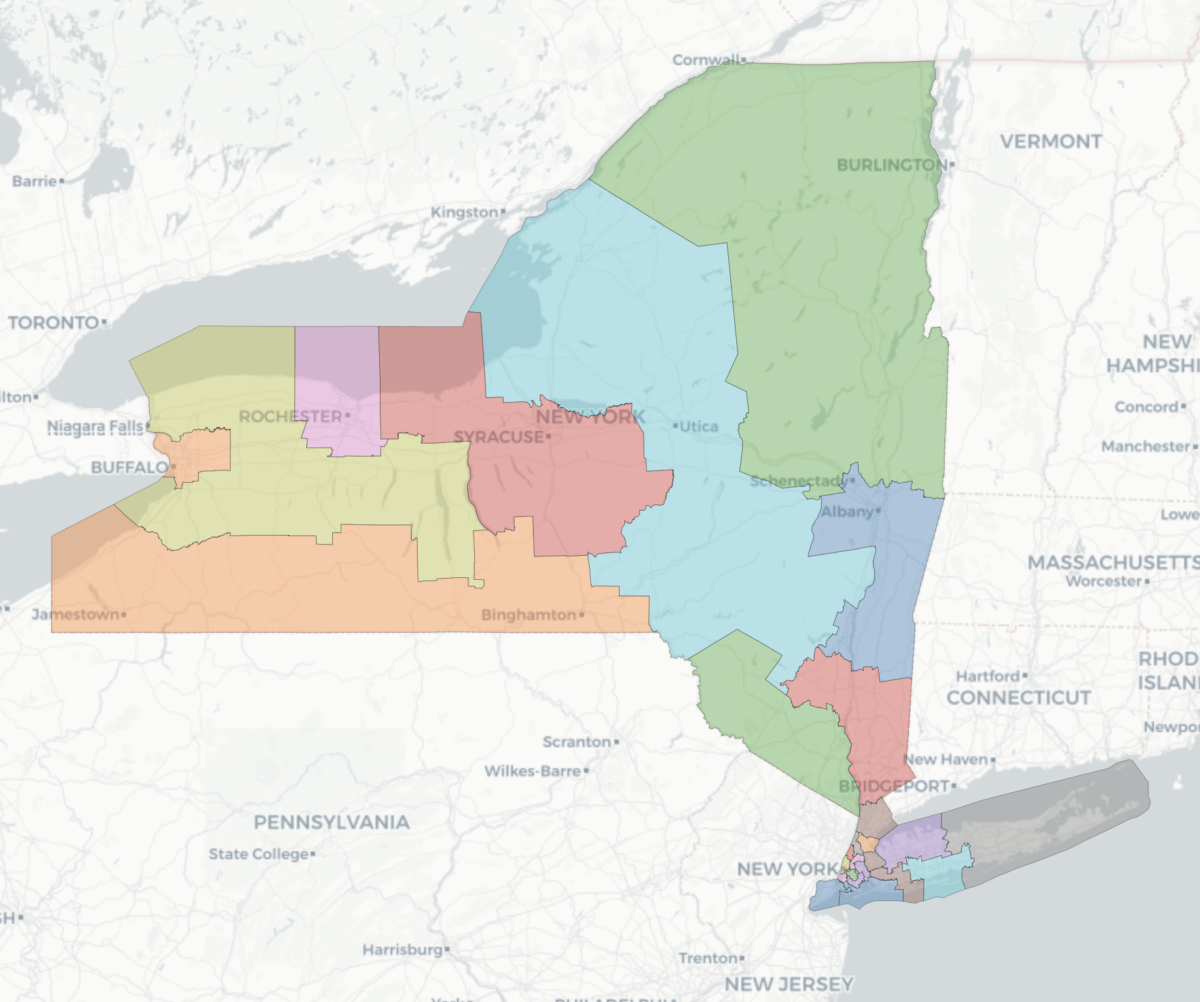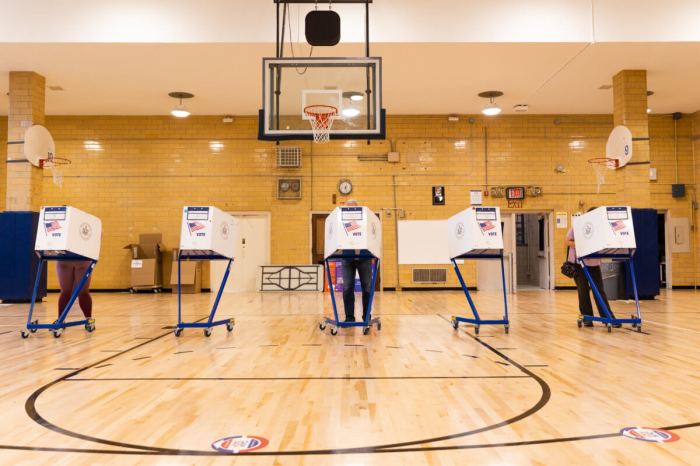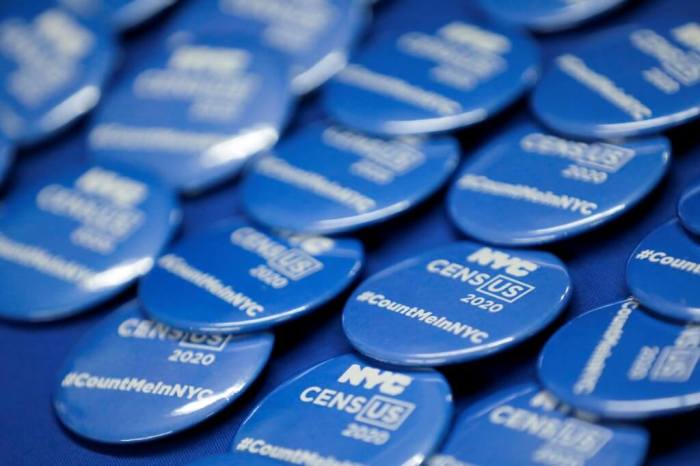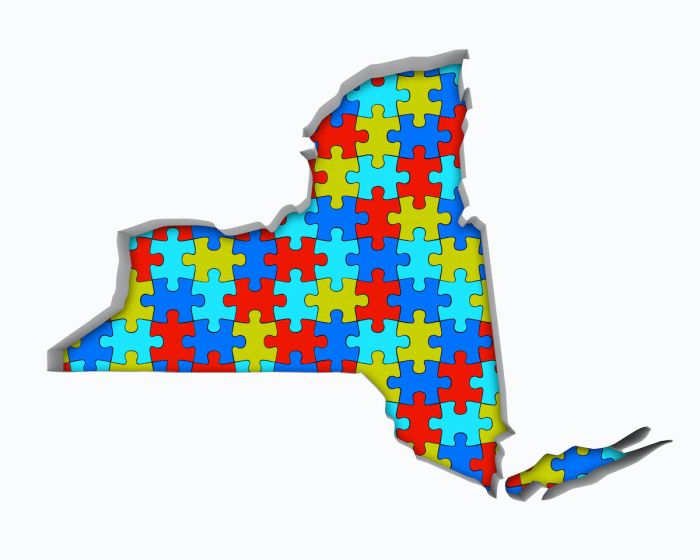
The New York State Assembly and State Senate on Jan. 10 rejected the congressional and state legislative redistricting plans submitted by the state’s Independent Redistricting Commission (IRC).
The rejection follows the IRC failing the week before to reach an agreement on a single set of maps for new districts and, instead of forwarding one plan, sent competing Republican and Democratic maps.
So what happens next?
The state constitution requires that the IRC submit a new set of maps (or possibly competing maps) to the legislature within 15 days (by Jan. 25). If this happens, the legislature could accept one of the congressional and state legislative maps with a two-thirds majority vote in both legislative chambers. Governor Kathy Hochul could then approve or veto the maps.
In the absence of a plan that garners a two-thirds majority vote in each chamber or if there is no veto override should the governor disapprove the maps, the legislature could then draw its own maps, subject to the governor’s approval.
The Legislature’s maps must be based on the state constitution’s non-prioritized criteria requiring population equality, fair minority representation, compact and contiguous districts, and several other criteria, such as maintaining cores of current districts and not creating any unfair partisan bias.
If the IRC submits new maps by late January, the legislature should have enough time to accept or reject the plans and then draw maps of its own if that becomes necessary. The state constitution also permits the IRC to submit new maps by February 28. The IRC is unlikely to delay action that long given that new maps must be in place by mid-February for petitioning for the Spring primary to get underway on March 1.
The IRC’s inability to come up with one set of maps did not surprise many observers. The Commission is comprised of an equal number of Democrats and Republicans, with two additional members who aren’t members of the two largest political parties, but who are each voting with the partisan appointees. Since the Republican and Democratic maps each received five votes in the commission, both sets of plans were sent to the Legislature. We should know by the end of January whether the Commission remains deadlocked or agrees on new maps.
It is likely the legislature could pick up where the IRC left off and draw its own maps for the next decade.
Jeffrey M. Wice is an Adjunct Professor/Senior Fellow at New York Law School and an expert on redistricting.















